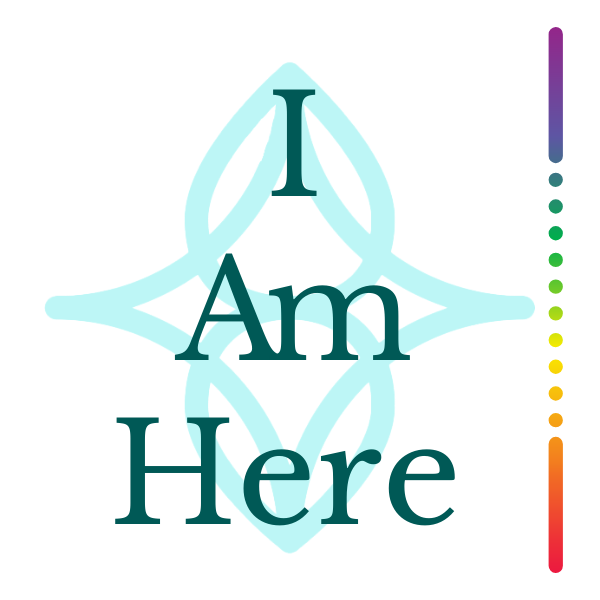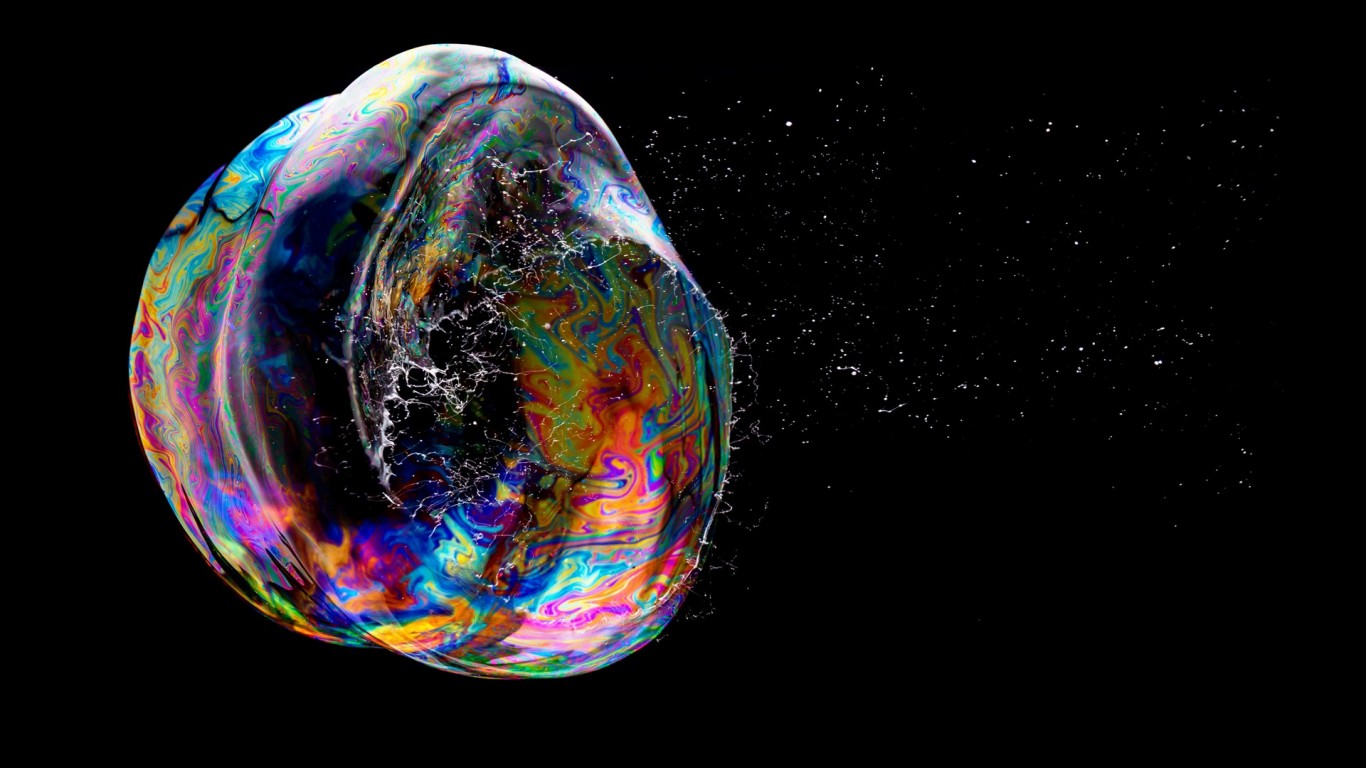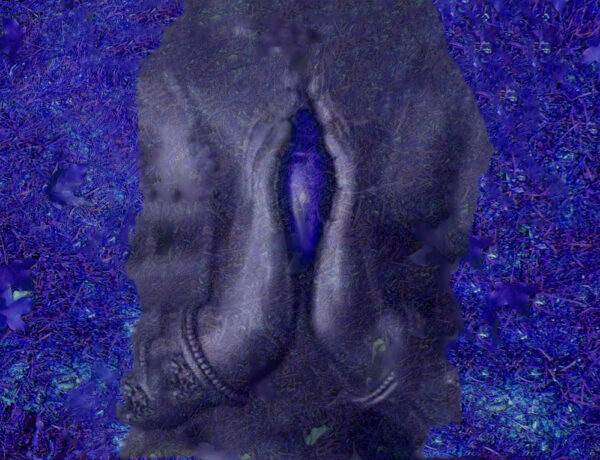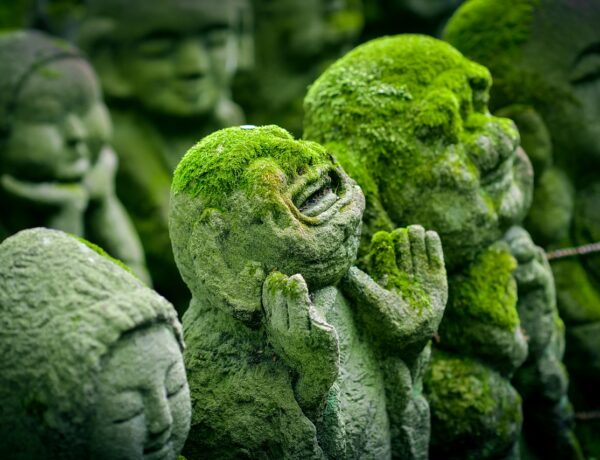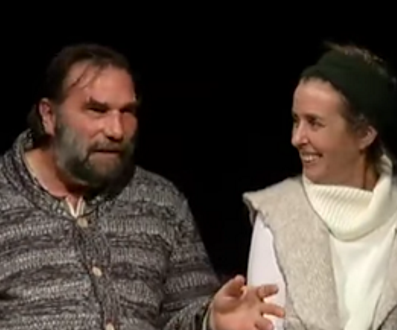Spiritual awakening is not a rare event, nor is it a permanent state. While the imprint of awakening is left on memory, the experience could be seen as those moments where an underwater swimmer comes up for air, takes a gasp of pure, liberated consciousness, and then returns to the depths of incarnated engagement. Here, we take a look at awakening in slow motion, to give a sense of what is going on, and where the subtle traps of ego and personality can be found.
Spiritual Awakening, What happens?
Awakening is one of those terms which is thrown around so loosely (and often interchangeably with enlightenment, self realization, and other claims to elated spiritual status) that it’s important to tread carefully in defining what it is.
We therefore offer one model – the one most commonly associated with awakening, and most disseminated through the works of Eckhart Tolle, in his teaching which is having a worldwide impact in supporting people to move out of the time-based, left-brain structures of the mind as definitive of who we are.
 Awakening, in this context, is the sudden loosening of our belief in thoughts as being in any way definitive of the inner self. The thinking mind, in a way, breaks open, through it’s own circulation, absurdity or conflict, and the consciousness that supports the thinking mind is suddenly liberated. We become conscious of conscious being conscious. The “I” momentarily disintegrates in an incredible rush of consciousness liberated from (i)dentification, and there is a sense of strangeness and freshness in the miracle of sense perception.
Awakening, in this context, is the sudden loosening of our belief in thoughts as being in any way definitive of the inner self. The thinking mind, in a way, breaks open, through it’s own circulation, absurdity or conflict, and the consciousness that supports the thinking mind is suddenly liberated. We become conscious of conscious being conscious. The “I” momentarily disintegrates in an incredible rush of consciousness liberated from (i)dentification, and there is a sense of strangeness and freshness in the miracle of sense perception.
Unrestrained, unbounded and timeless, this consciousness beyond habitual conscious thought then reflects on itself, becoming conscious of consciousness, opening a chain reaction into infinity.
Is this an end point? How could it be?
More often than not, it is the individual, or the nervous system of the individual, that retracts from this and reawakens the thinking mind, with a “Wow!” or with a refreshed story with more freedom, more possibilities and more existential space with which to renegotiate the challenge of being here as a person. It is a kind of global reset to the ecosystem of the separate self.
For some, this can seem like a critical moment or arrival point (especially when they have been trapped for some time in mental structures they believed to be absolute). They talk about this “awakening” in the past tense, as an event that shook their belief systems, and they take it on as being a milestone in their spiritual development: “Before I was awakened, after I was awakened, when I had MY awakening.”
Yet they are not in “it” (the awakening movement) moment by moment (although they may strive to be). A shift occurred, and they identify with the shift.
Often such individuals will report. “I know, I am There.” (Where is “there” if not “here”)? A subtle belief emerges out of a fundamental egoic drive to survive, claiming a new ‘spiritual” identity based on being “there” – and a new cycle of learning emerges.
Many Awakenings
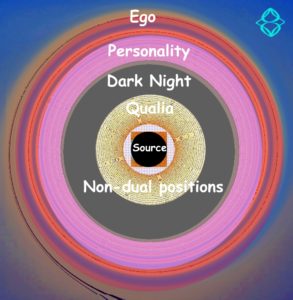
Structures of self, according to nondual therapy. In a spiritual emergency, the pressure fron the inside-out becomes to great, so identity cracks open, causing a flood of consciousness – ecstasy, revelation and often a dark night of the soul prior to reintegration.
The more realistic picture is that as humans, from childhood on, we undergo many awakenings and (re)awakenings. Life is about a perpetual awakening, through the many structures of mind, personality, energetic contraction and ego that we carry.
These occur as a direct function of the ability of the nervous system to contain high infusions of formless consciousness, and of the coherence of our state of mind. Awakenings come and go, each slightly different in its imprint than the next (due to the impact on changing form).
Or to put it more precisely, “we” come and go into the experience of awakening which accesses what is in itself a timeless dimension, revealed as always here behind and beyond life-time events, plans, expectations, disappointments and the ageing process. The nature of form is always a circulation between source, expression and impression.
With training and when spiritual freedom and/or service has become part of a (smaller) person’s passion, intention and direction, then experiences of awakening or unfettered consciousness can become more common, more accessible and less dramatic. Identity and process of identification gain a fluidity, that is non-binding.
The decrease in drama is partly due to a decrease in adrenaline. The fear-based mind is reforming itself to recognize the effects of pure consciousness as non-lethal, and not only safe but even empowering. Little by little, an individual becomes more “awake” in everyday life or regular thinking. The process occurs not only at the micro level (of a moment of awakening) but through progressive integration, at the macro level of a life time.
Yet still, it is necessary to look more deeply at this opening door to the infinite power of consciousness and to study what is cause and what is effect, so as to avoid identifying with the effects alone.
Awakening in Slow Motion
Stories are told of the the brilliance of the infinite I AM, mind-blowing in its endless eternity, and of the sudden liberation from suffering into a space of bliss.
In parallel, we hear stories of the collapse of limited structures of identity of personality, the deflation of old beliefs, and the liberation from negative thought patterns. Yet on closer inquiry, all of this — all of this — is the effect of something else: a movement that happens prior to the ‘breaking open’ of universal consciousness.
So let’s look at some characteristics of awakening in slow motion, that are more or less ubiquitous.
1. Solitude, intimacy with Self
Most experiences of awakening occur when an individual retreats deeply inside his or her self, in an honest and authentic dialogue about self identity, direction or purpose.
2. The Role of Suffering
Such a retreat towards a long forgotten (but deeply remembered) inner resource is often the effect of traumatic shock, nervous break down, long-term discomfort or misalignment with inner purpose, or sheer depression. In solitude, or behind a veil of seclusion, the mind begins to dialogue with itself. Yet the mind, in and of itself, is unable to negotiate the depth of need, or pain, that is pushing upwards out of the pure experience of being here. The inner debate can become a reflection on a whole form, a form which suddenly cracks open under the light of consciousness as in no way saying anything about the one itself which is debating. In this shock of consciousness, experience chases consciousness itself towards identity, and realized the limitations and fallacy of identity itself.
3. The Collapse of Form
In this movement, it is the opening, the disentanglement or the collapse of mental structure which exposes – sometimes for just a split second – a dead-pan for real, all powerful continuum of self. This core container – which never leaves us an never can be left – can be overlooked. This pure “That-ness” of anyway, always, even unconsciously, being consistently existent is the core glimpse of truth.
So powerful is the collapse of form to this existential continuum, that consciousness itself arises unfettered, with the great “experience” of awakening – and of the liberation of perception. The problem is that many identify with this experience, the effect of opening the core of inner truth, and forget the cause.
In this, new forms of imprisonment can be rapidly built, accompanied by a whole new first-aid belief system. This will be found in spiritual agendas and statements of absolutes such as: “Consciousness is all we are,” and quite surprisingly, with a great deal of aggression.
The Cause and the Effect
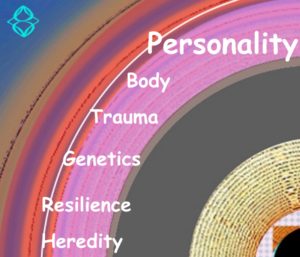 Identification is a process which takes place in the realm of effects. Effects are the imprint of any given experience on our memory. The experience itself is an imprint of some dissolution of form that has already happened, allowing something more of source to be revealed. Of course, the source of all we are is at the causal level of our manifestation.
Identification is a process which takes place in the realm of effects. Effects are the imprint of any given experience on our memory. The experience itself is an imprint of some dissolution of form that has already happened, allowing something more of source to be revealed. Of course, the source of all we are is at the causal level of our manifestation.
To give an example, we widely believe that Peace is the experience of peace – (the relaxation or the feeling of being safe and OK), when actually, in all its variety, these are the effects of peace on the form that we are holding at any given moment.
Similarly, we tend to identify love as the “feeling” of love – (an opening up, a sense of well being, an excitement in the collapse of the blockages of our hearts). Again, these are the varying effects of “love” they are not love itself, which moves much more through the undercurrents of the unperceivable.
Identification with the effect of awakening leads us to dictate as a kind of absolute law that consciousness defines us – in the face of coma, sleep states, and worse of all, in the face of all those “unawakened” individuals.
Identification with the effects of awakening brings us a renewed means to separate, a way to condemn, and an egoic drive to defend a superior status. All this is a kind of current human tragedy in the realm of spiritual development, and makes spiritual seekers and teachers easy pray to the wheels of spiritual consumerism. Within the expanding world of nonduality, it can lead to a stark antithesis of all that nonduality (One-ness) claims to stand for.
What is THAT, the cause behind the effect of awakening?
That – this omnipresent core of who we are, which in itself gives rise to consciousness, awareness and creation is not some future destination, nor is it ever separable from all we are – in whatever state of awakening or enlightenment. It is the same one in you, me, the dog, a rock, or the sun itself. There is no status in it, and no discrimination based on levels of consciousness.
That is a continuum and not a dead end – although the deep addiction to perception and to “seeing” and “being seen” could keep us out of the sheer reality of who we are and in an ongoing dance of spiritual illusion. That does not negate anything is entirely without conditions. It doesn’t liberate and it doesn’t exclude. It simply is, just as it always has been, and always will be.
That has been so ignored, it can feel like a hard nut, or a wall. But it’s not. All that is needed is patience, humility and a willingness to softly fall back into it, and to let it manifest through you (including all windows of relative perception), without identifying with any thing that can be seen, felt, heard or conceived. Then, like star dust expanding into space, That will begin to calm the bright lights of perception, and the universe which you are will begin to align of itself for real, from the inside out.
Emptiness is form and form is emptiness.
